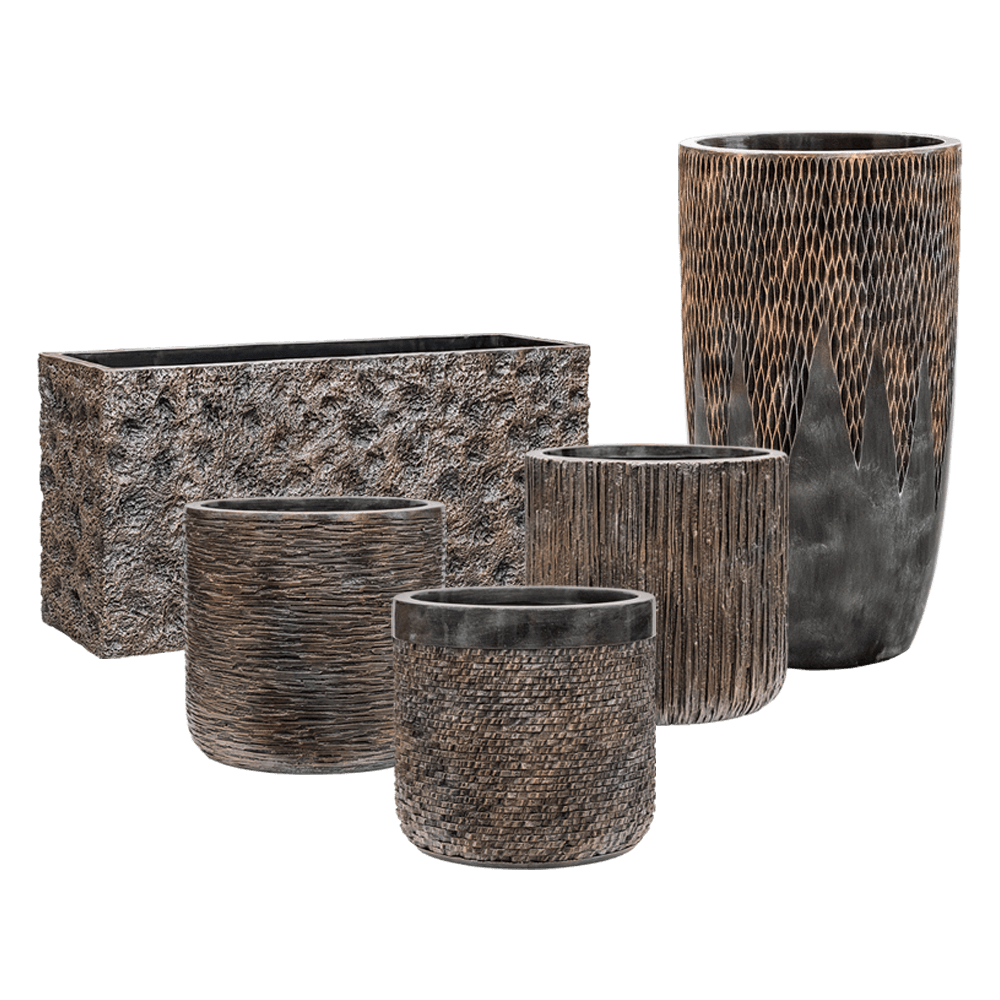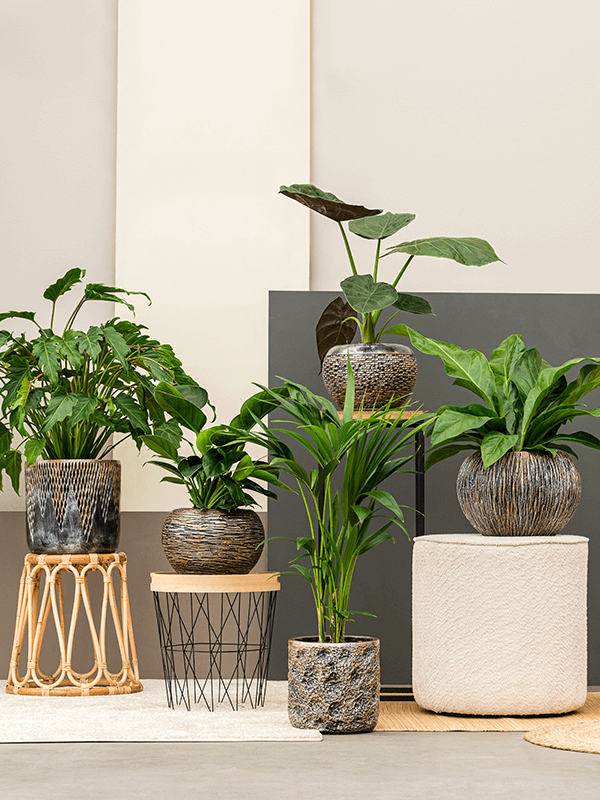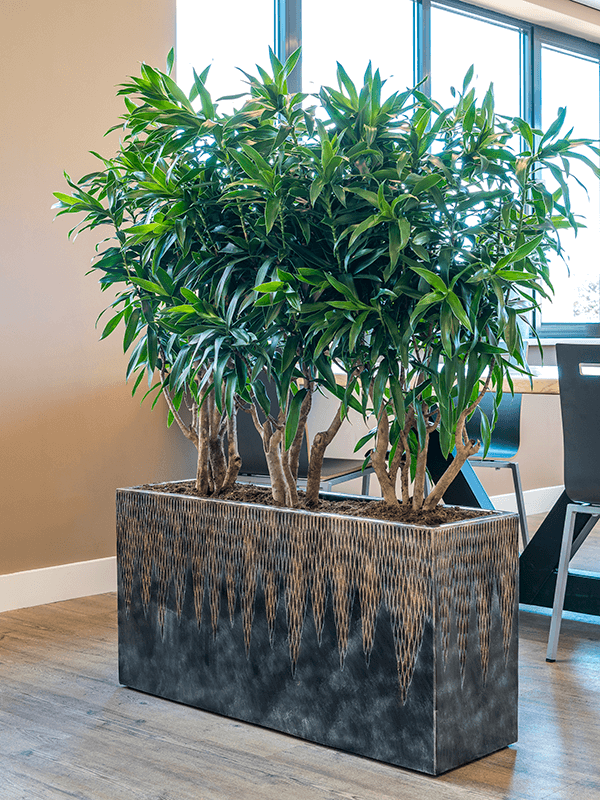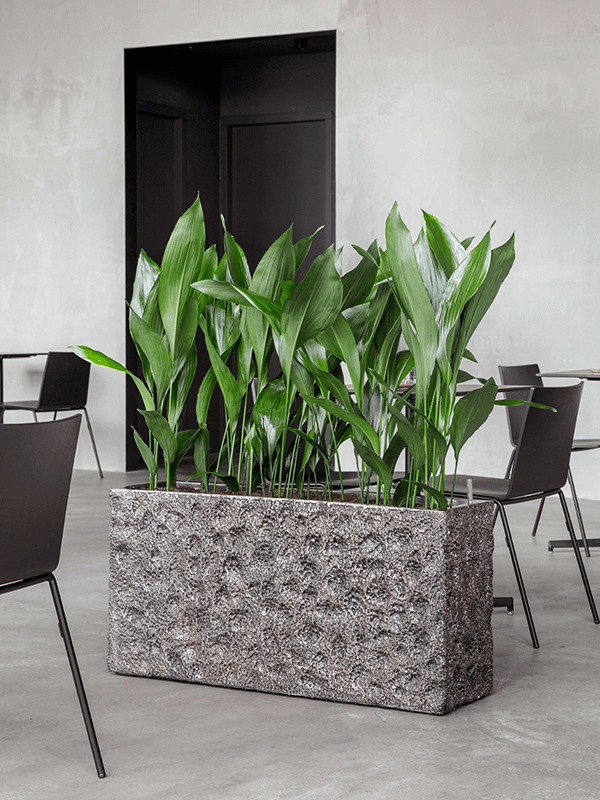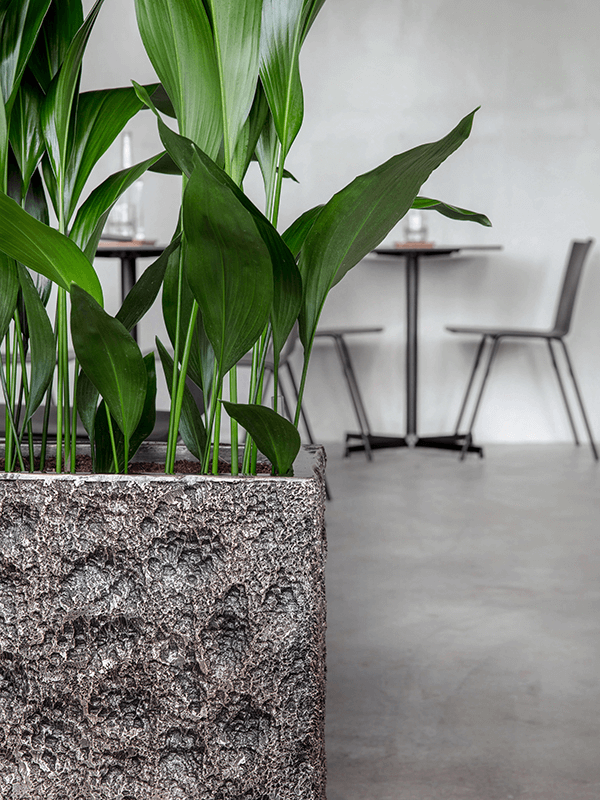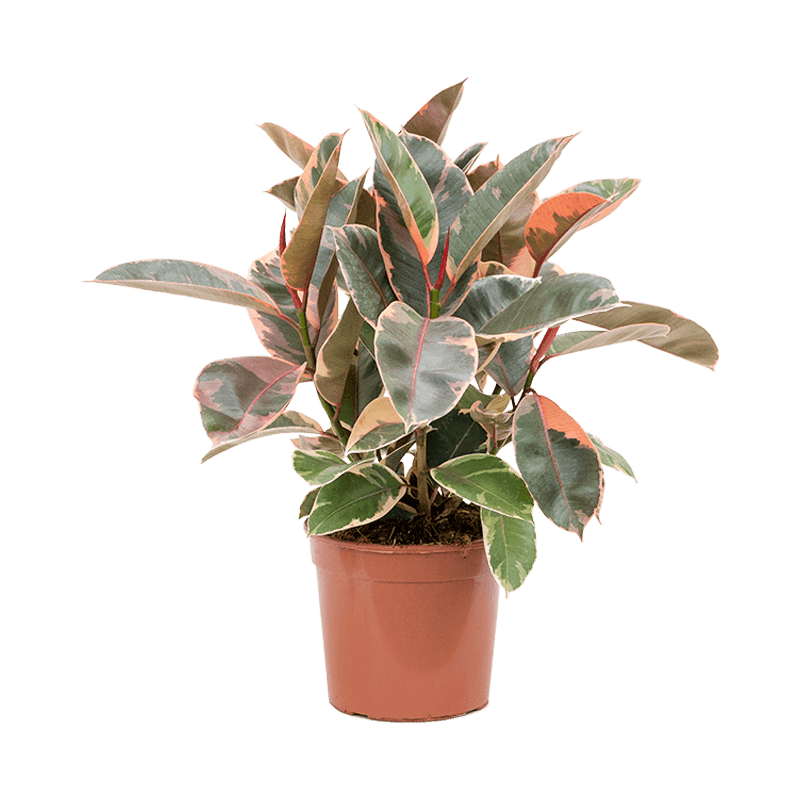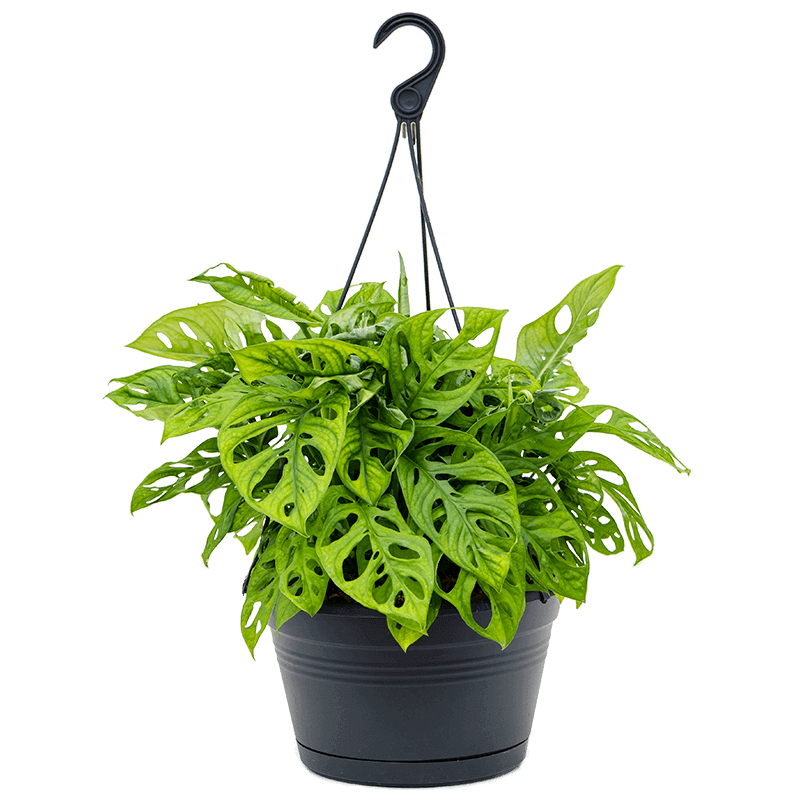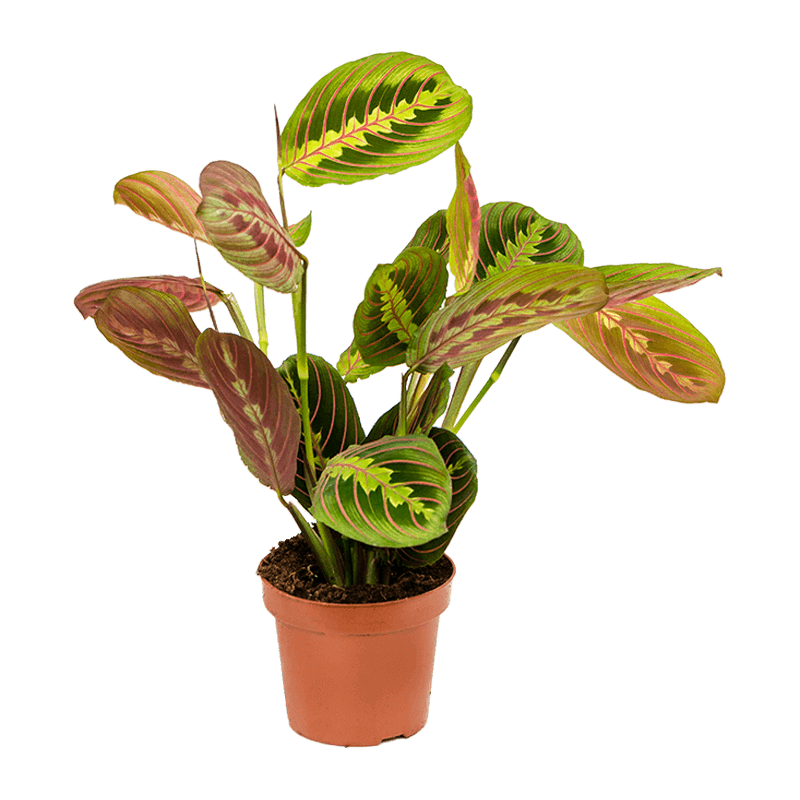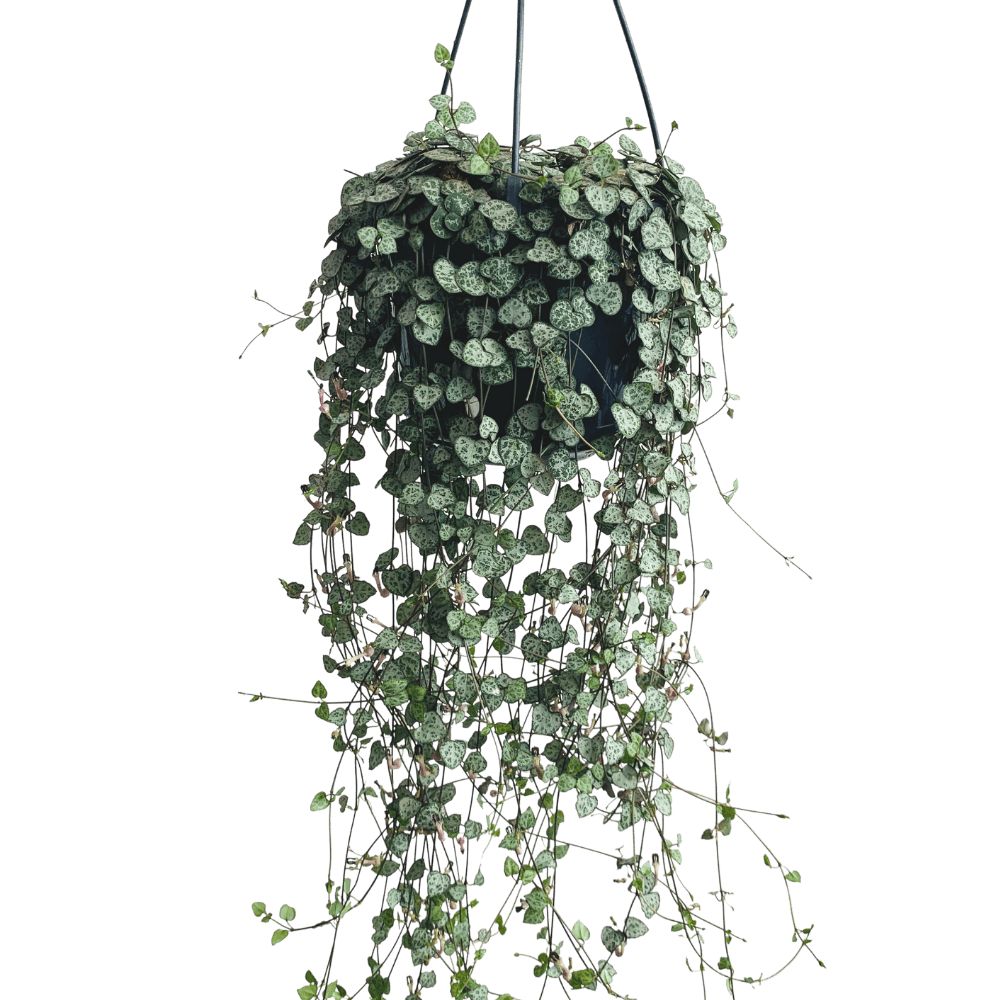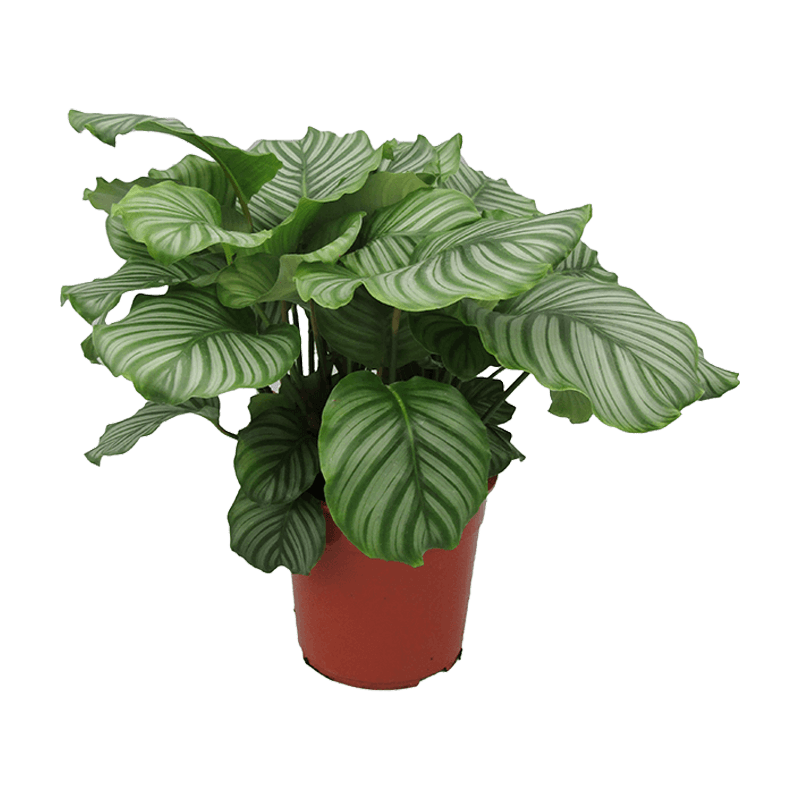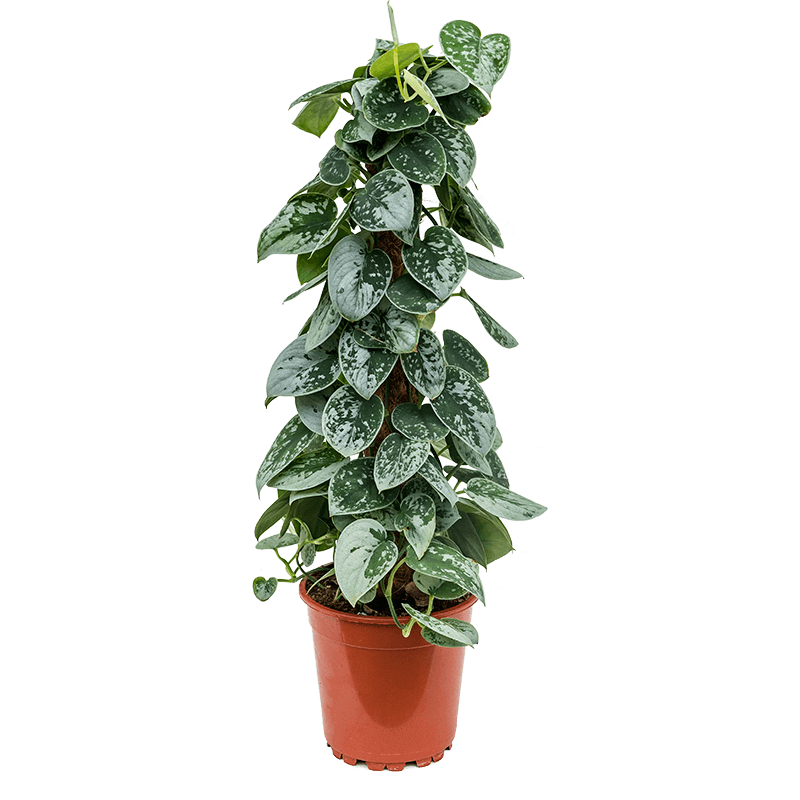how to care for peperomia
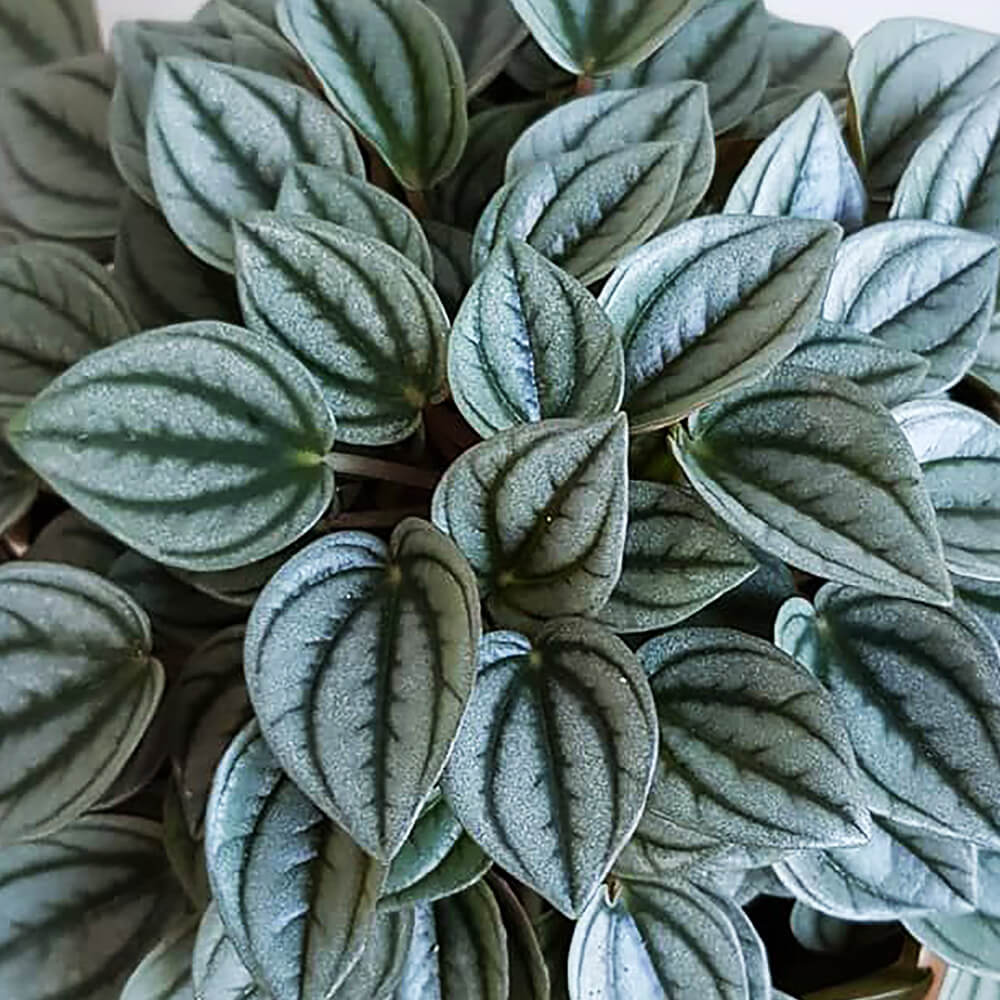
quick care guide for peperomia
 |
Every 2 weeks in summer; every 3-4 weeks in winter |
 |
Does best in medium to bright indirect light |
 |
Fertilize once or twice a year in the summer |
 |
Pet friendly |
 |
Doesn’t do much in terms of air purification |
Peperomia Plants love bright, indirect light, but protect them from direct sunlight or the leaves will burn. Peperomias are a type of succulent so they need well-draining potting soil. Water only when the soil is dry and keep temperature between 18°C – 26°C. Encourage growth by fertilizing monthly during the growing season.
detailed care guide for peperomia
Scientific Name: Peperomia
Origin: Central America
Light: Growing in a well-lit room encourages healthy growth and vibrant foliage. The Peperomia can adapt to low-light conditions but will grow more leggy.
Water: To know if your Peperomia needs water or not, check that the top 5 – 7.5 cm is completely dry. If there’s any moisture, hold off watering and check again in a few days. It’s always better to water peperomias less often rather than too much.
Soil: Bearing in mind that overwatering is one of the problems to avoid, a well draining potting mix is essential for Peperomia plants. An equal mix of peat moss and perlite or coarse sand is usually a good option.
Temperature: 18°C – 26ºC
Fertilizer: The Peperomia should be fertilized once a month (or less) during growing season (spring to autumn)
Humidity: Your plant will do well in medium level humidity. It should be fine with the humidity level in most homes, however, if you live somewhere particularly dry you may want to consider adding some form of humidity – either a pebble tray filled with water, or frequent misting. Things like heating systems can cause the air to dry out unnaturally so make sure you keep your Peperomia away from these.
Pruning: They look their best when the leaves are bushy. Pinch out the tops of their stems make plants bushier. Remove yellowed leaves or extra growth as necessary. Pruning the plant too much can damage its growth.
Re-Potting: It’s generally a good idea to repot Peperomia plants every 2-3 years to prevent the potting mix from becoming too compact, which will reduce drainage over time. You can repot your Peperomia in a similar-sized pot, or one a little bigger if you wish.
Propagation: Propagating Peperomia plants is really easy, and it’s a great way to expand your collection of plants or share your lovely plants with friends and relatives. There are two main ways for propagating peperomia plants – leaf cuttings and stem cuttings.
Diseases and Pests: If you care for your Peperomia well, you will have no plant disease or infection issues. The only problem Peperomia plants have is if you overwater them. Soggy soil causes roots to rot and fungal diseases to flourish.
Toxicity: Non-toxic to humans or animals.
most common peperomia varieties
peperomia argyreia ‘watermelon’

peperomia napoli nights

peperomia polybotrya ‘raindrop’

The Peperomia Raindrop has some of the largest leaves among Peperomias. The thick, heart-shaped leaves make the plant look very similar to the Pilea Peperomiodes, however these plants originate on opposite sides of the world. The Peperomia Raindrop grows taller than most other Peperomias, but it generally won’t reach over 30cm.
peperomia origins & overview
Peperomia is a type of tropical plant that is easy to grow indoors. Peperomia plants (also called radiator plants) are well suited for growing as a beautiful lush but compact houseplant. As indoor houseplants, Peperomias generally don’t grow taller than 20 cm high – these plants tends to grow bushier rather than taller.
peperomia light requirements
Peperomia plants will do best in bright, indirect sunlight. An east or west facing window sill is ideal for them at most times of the year. The only thing to watch for is to ensure they don’t get excessive direct sunlight during the summer months, as this can cause leaf scorching.
If your Peperomia si getting insufficient light, it will tend to become leggy as it stretches towards the available light. If this happens, you can easily prune it back to retain the compact appearance of the plant. Just be sure to move the plant to a more appropriate location if this happens.
how to water the peperomia
These semi succulent leaves do not want to be overwatered. One of the first signs that you could be watering this plant too much is the leaves becoming squishy to touch. If you notice this on your plant then cut your watering schedule right back before you do too much damage to your plant.
Instead, allow the soil to dry out partially between waterings. Feel the top few centimeters of soil and, as it begins to feel dry to touch, give this plant a drink.
When you water your plant you could try watering from the bottom – this way it will only take in the water that it needs. You will also need to water this plant less during the winter months so be willing to adjust your watering schedule for what your plant needs.
Remember that Peperomias are drought-resistant plants as their fleshy, succulent-like leaves store moisture.
repotting the peperomia
Easy-to-care-for Peperomias don’t require repotting often. The small, compact houseplants thrive when rootbound. So, at most, you will only have to repot them every two or three years. Repotting is also useful to refresh the potting mix and replenish soil nutrients to encourage healthy growth.
You know when it’s time to repot a Peperomia when you see roots poking out the pot’s drainage holes.
To repot your Peperomia, choose a pot one size up from its current container. Remove the plant and root ball from the pot and shake off loose soil. Check for any signs of root disease—mushy, decaying roots—and trim as necessary. Place the Peperomia in a new pot and fill with an appropriate potting mix (if possible use cactus or succulent mix rather than regular houseplant soil). Make sure that the plant is growing at the same height in the pot as previously.
frequently asked questions for peperomias
why is my peperomia dropping leaves?
Some leaf dropping is natural for all plants. However, if your Peperomia is dropping leaves quicker than it can produce new ones then it’s a sign of a deeper underlying issue. Overwatering. Is the most common issue faced by Peperomias. Generally, if the plant is dropping leaves due to overwatering it might already be too late to save it as root rot might have already set in. The main thing you can do is adjust your watering schedule and wait and see if the plant can recover. Temperature fluctuations. Peperomias are sensitive to cold. If the plant was kept for prolonged periods of time at temperatures under 15 degrees it will suffer cold shock and potentially lose leaves. Temperature fluctuations also include drafty windows and air vents, so never place your plant in places with inconsistent environments. Insufficient light. Peperomias will lose some leaves with lower light levels (including during winter). When a plant gets insufficient light it won’t be able to support as many leaves as normal so it will shed old or damaged ones to conserve energy.why is my peperomia wilting?
Peperomia plants wilt for two reasons: overwatering and underwatering. In both scenarios the plant is not able to get enough water. An underwatered plant will have wrinkled, dry, wilting leaves and there may be crispy tips to the leaves. The soil will be very dry to touch and when you poke a finger deeper down, it will be dry right to the bottom. The roots simply don’t have access to the water, so the solution is to water the plant and monitor the soil moisture levels. In the case of overwatering, this is a much more serious problem. Overwatering can cause root rot, which kills the roots. If the roots die, the plant is also unable to take up the water in the soil which is present in abundance. Once you feel the soil, it should be obvious that overwatering is the problem. This needs immediate attention, and even then, you may not successfully be able to revive your plant. If the problem isn’t too severe, simply stop watering the plant and let it dry out. Remove any foliage that is too badly damaged (dead leaves are not coming back) and ensure to water sparingly from this point. If, however, the plant is wilting badly, you should repot it. First trim any badly damaged foliage from the plant. Next, remove the plant carefully from the pot. Try to separate as much of the wet, waterlogged soil from the roots as possible. Assess the roots, and determine which are healthy and which are diseased with root rot. You need to remove the diseased roots with a sterile pair of scissors to prevent the root rot from spreading. Once all of the diseased roots have been removed, repot the plant in new potting mix with equal quantities of potting compost and perlite. Once repotted, only water the plant very lightly and leave it for at least a week before watering again. From this point, be guided by the feel of the soil to determine whether watering is required. Poke your finger into the soil every few days and only water the plant once the top few centimeters of the soil are completely dry. Hopefully your plant lives to fight another day.why is my peperomia turning yellow
Again, the most frequent cause is overwatering so check if the soil is waterlogged and if so, implement the solutions above. The second most common cause for yellow peperomia leaves is pests. Peperomias are quite resistant to pests but every once in a while insects may get to them if the plants are stressed. Sap-sucking bugs like spider mites can drain your plant of moisture. This problem quickly manifests itself by yellowing leaflets and fronds. Scale, mealybugs, and spider mites occur frequently in indoor conditions. If not killed early on, these small pests proliferate and move all along leaves and fronds and into nooks and crannies. The piercing mouths of the insects exhaust your plant and accelerate yellowing, especially if your Peperomia is already unhealthy from a nutrient deficiency or improper soil moisture.what customers have to say

Decorative pots are approx. 11 cm.

Plants have a diameter of 11 to 13 cm.
Decorative pots are approx. 14 cm.

Plants have a diameter of 14 to 16 cm.
Decorative pots are approx. 17 cm.

Plants have a diameter of 17 to 19 cm.
Decorative pots are approx. 20 cm.

Plants have a diameter of 20 to 24 cm.
Decorative pots are approx. 25 cm.
extra small |
Plants - 8 to 10 cm diameter Pots - 11 cm |
small |
Plants - 11 to 13 cm diameter Pots - 14 cm |
medium |
Plants - 14 to 16 cm diameter Pots - 17 cm |
large |
Plants - 17 to 19 cm diameter Pots - 20 cm |
extra large |
Plants - 20 to 24 cm diameter Pots - 25 cm |

